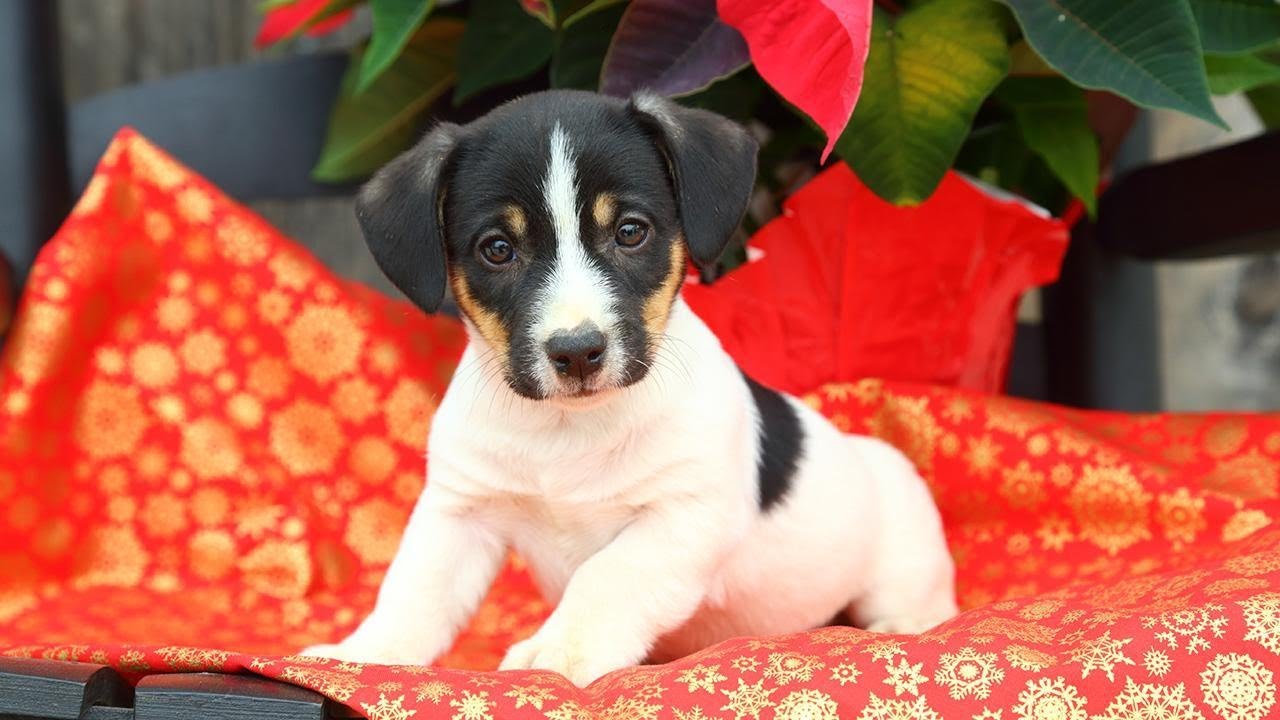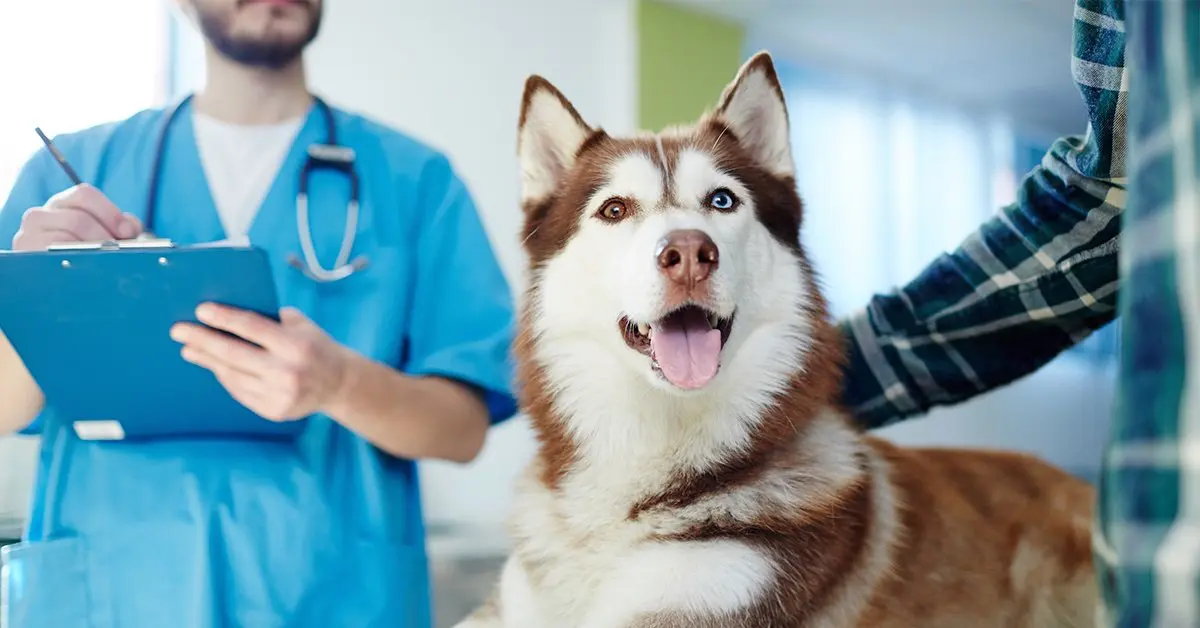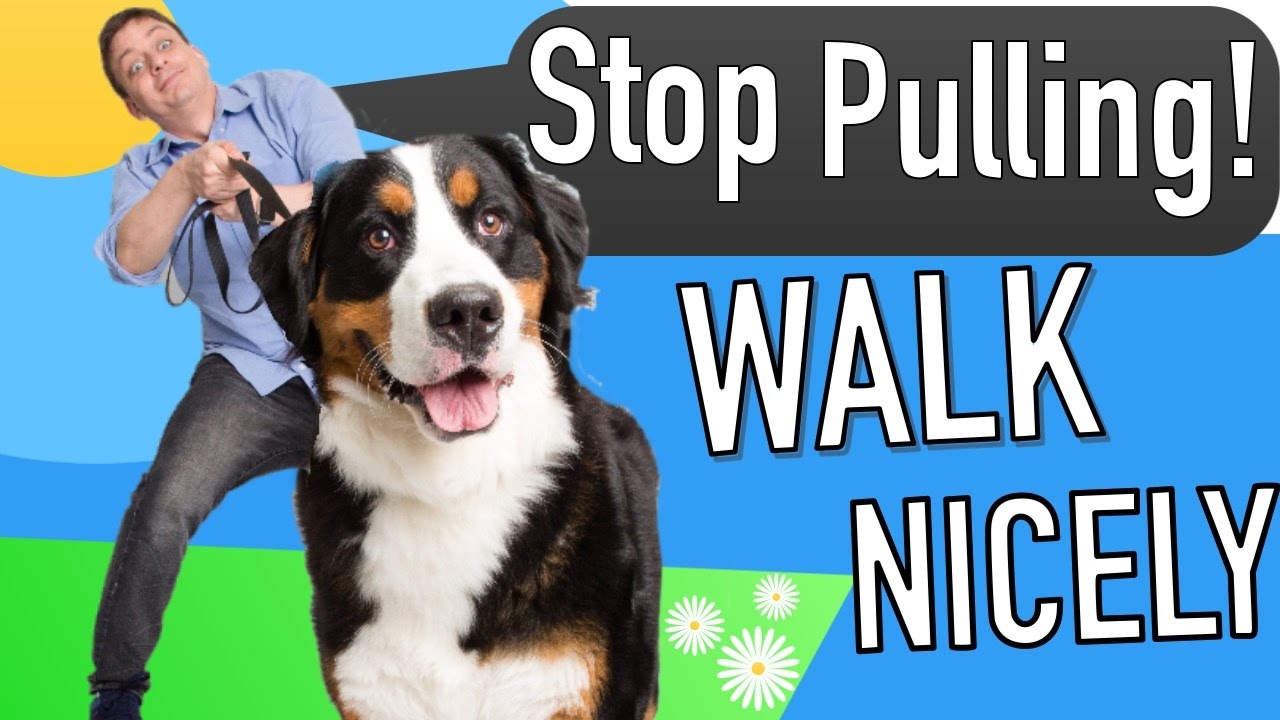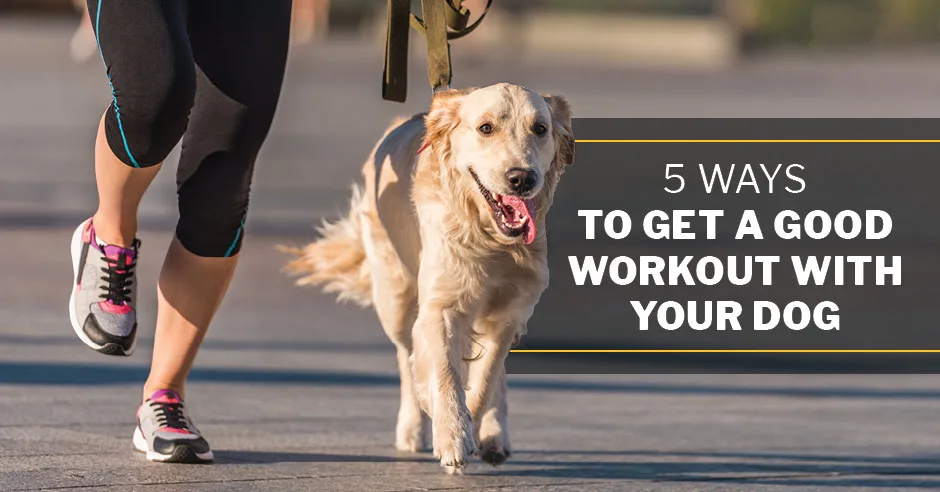What to Do If My Dog Eats a Poinsettia?: The poinsettia (Euphorbia pulcherrima) is a popular holiday plant, often surrounded by myths about its toxicity. While not as deadly as some believe, it can still cause mild to moderate illness in dogs.
This 1,500-word guide will cover:
✅ How toxic poinsettias really are
✅ Symptoms of poinsettia poisoning
✅ Step-by-step first aid
✅ When to rush to the vet
✅ Pet-safe holiday plant alternatives
Let’s keep your pup safe this holiday season! 🎄🐶
1. Are Poinsettias Poisonous to Dogs? (The Truth)
Myth vs. Reality
🔹 Myth: “Poinsettias are deadly to dogs.”
🔹 Reality: They are mildly toxic—irritating but rarely life-threatening.
Toxic Compounds in Poinsettias
- Sap (latex): Contains diterpenoid euphorbol esters (skin & stomach irritant)
- Leaves & stems: Can cause vomiting or drooling if ingested
🐶 Risk Level:
✔ Low toxicity (unlike lilies, which are deadly to cats)
✔ Mild symptoms in most cases
✔ Severe reactions rare (unless large amounts are eaten)
Read More:- Healthy Dog Diet Home Made ?
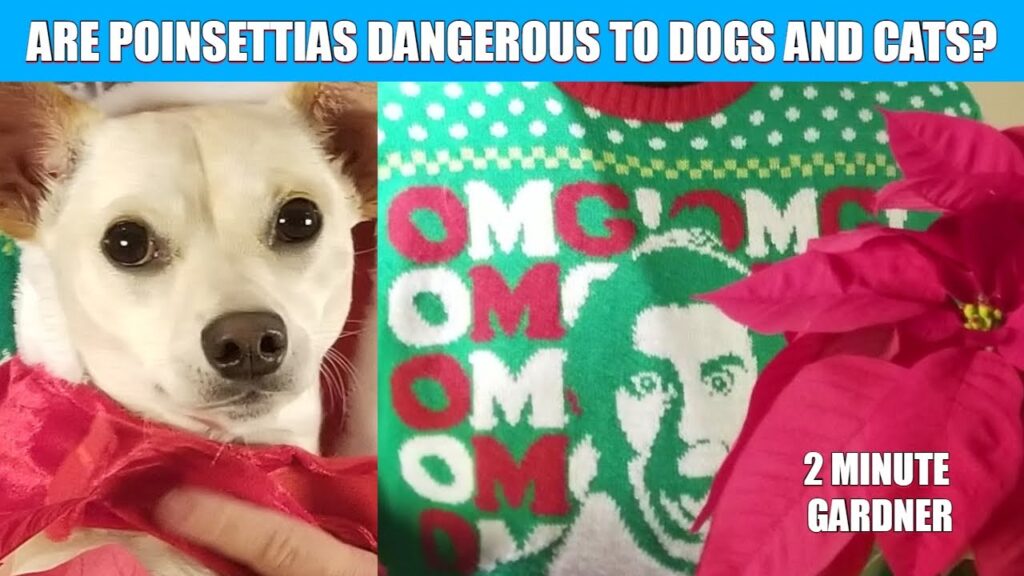
2. Symptoms of Poinsettia Poisoning in Dogs
If your dog eats a poinsettia, watch for:
Mild Symptoms (Common)
- 🤢 Drooling or lip-licking (sap irritation)
- 🤮 Vomiting or nausea
- 💩 Diarrhea (sometimes)
- 😖 Mild stomach pain
Severe Symptoms (Rare, but Emergency Cases)
- 🚨 Excessive vomiting/diarrhea (leading to dehydration)
- 😵 Lethargy or weakness
- 🩹 Skin irritation (if sap touches skin)
🚑 When to Panic?
- If your dog is a small breed (higher risk)
- If they ate a large amount (whole plant)
- If symptoms worsen after 6 hours
3. First Aid: What to Do If Your Dog Eats a Poinsettia
Step 1: Remove Plant Material
- 👐 Check their mouth for leftover leaves/stems.
- 🚿 Rinse their gums with water (if sap is present).
Step 2: Offer Water or Food
- 🥛 Give a small meal (plain chicken + rice) to dilute irritation.
- 🚫 Do NOT induce vomiting (can worsen throat irritation).
Step 3: Monitor for 6-12 Hours
- 📝 Note symptoms & timing.
- 📞 Call your vet or ASPCA Poison Control (888-426-4435).
Step 4: Vet Visit (If Needed)
- 🏥 Bring a plant sample for identification.
- 💉 IV fluids may be given for dehydration.
4. How Vets Treat Poinsettia Poisoning
If symptoms are severe, your vet may:
✔ Give anti-nausea meds (Cerenia)
✔ Provide IV fluids (for dehydration)
✔ Prescribe a stomach protectant (like Pepcid)
💰 Cost Estimate:
- Mild cases: $100-$200 (exam + meds)
- Severe cases: $300-$800 (hospitalization)
5. Preventing Future Plant Poisonings
🌱 Pet-Safe Holiday Plants
Instead of poinsettias, try:
- Christmas cactus (non-toxic)
- Spider plants (safe for pets)
- Orchids (pet-friendly)
🐾 Dog-Proofing Tips
- 🚧 Keep plants out of reach (high shelves, closed rooms).
- 🧴 Use bitter apple spray on leaves (deters chewing).
- 🎄 Opt for artificial plants if your dog is a chewer.
6. FAQ (People Also Ask)
Q: How much poinsettia is toxic to dogs?
A: A few leaves usually cause mild upset. Large amounts (whole plant) may need vet care.
Q: Can poinsettias kill a dog?
A: Extremely rare. Only severe dehydration from vomiting/diarrhea could be life-threatening.
Q: How long does poinsettia poisoning last?
A: 6-24 hours (most dogs recover quickly).
Q: Are poinsettias worse for cats?
A: Yes! Cats are more sensitive—call a vet immediately if your cat eats one.
7. Conclusion: Stay Calm & Take Action
✅ Poinsettias = mild toxicity (usually not deadly).
✅ Watch for vomiting, drooling, or lethargy.
✅ Call your vet if symptoms worsen.
✅ Switch to pet-safe plants next holiday!
🐕 Share This Guide!
“Did your dog eat a poinsettia? 🌿 Don’t panic—learn what to do in this emergency guide! #PetSafety #DogHealth”
By staying informed, you can enjoy the holidays without pet emergencies! 🎅🐾
Read More:- What is the best nutrition food for dogs?
